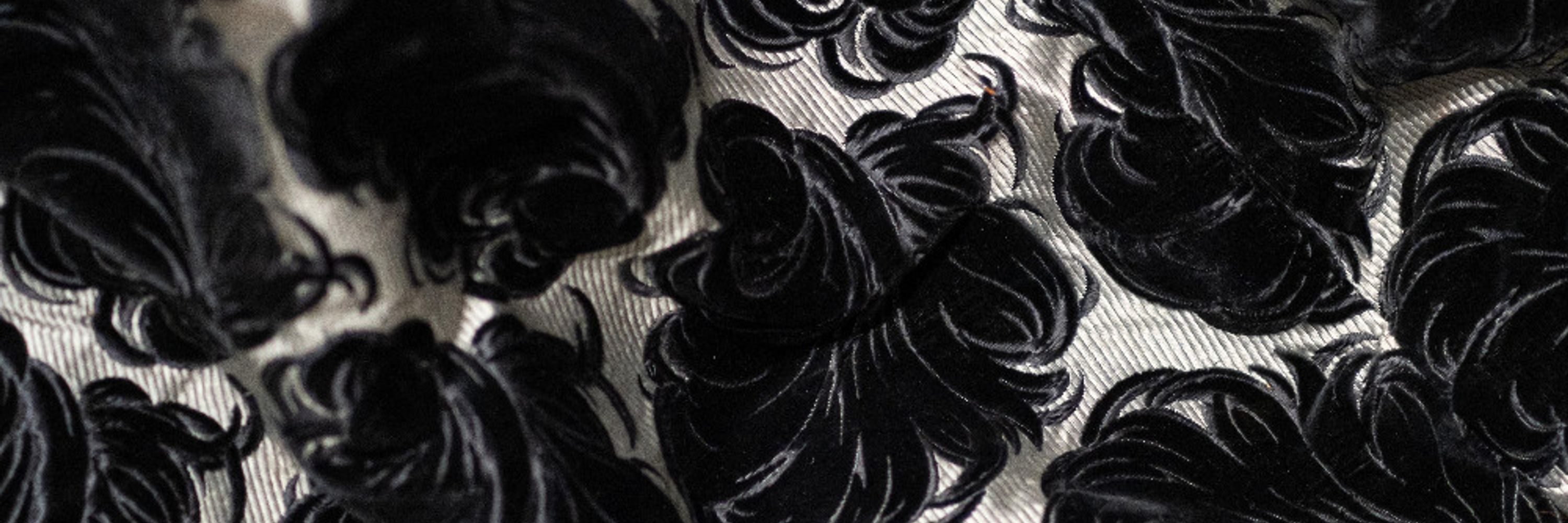
Links to my blog, newsletter, and Etsy shop: https://cassidypercoco.carrd.co/
I see people complaining that this also disabled their spam filters, though I still see new messages showing up in spam so it's still working fine for me after disabling things.

I see people complaining that this also disabled their spam filters, though I still see new messages showing up in spam so it's still working fine for me after disabling things.

www.eventbrite.co.uk/e/dating-anc...

www.eventbrite.co.uk/e/dating-anc...
A series of squiggles were scored into the fabric prior to firing - decoration, doodle or pot-makers mark?
📷 during cleaning in June 2013
#FindsFriday

A series of squiggles were scored into the fabric prior to firing - decoration, doodle or pot-makers mark?
📷 during cleaning in June 2013
#FindsFriday



Marlo Avidon (@marloavidon.bsky.social) on 'The Evelyn Family, the Mundus muliebris, and Conceptualizations of Fashionable Female Dress in Late Seventeenth-Century England'
#Fashion #Polemic #Moral #Style 17thc 🗃️👗🎩
👉Read open access: www.cambridge.org/core/journal...

Marlo Avidon (@marloavidon.bsky.social) on 'The Evelyn Family, the Mundus muliebris, and Conceptualizations of Fashionable Female Dress in Late Seventeenth-Century England'
#Fashion #Polemic #Moral #Style 17thc 🗃️👗🎩
👉Read open access: www.cambridge.org/core/journal...
Not all who wander are lost.
Server refused the connection:
Port 22 no route to host.
Not all who wander are lost.
Server refused the connection:
Port 22 no route to host.
smittenkitchen.com/2015/11/peca...

smittenkitchen.com/2015/11/peca...
🗃️ #arthistory #art #medievalsky #renaissance #skystorians 🏺


🗃️ #arthistory #art #medievalsky #renaissance #skystorians 🏺
Imagine blowing your nose on that!
#scraps


Thomas lived in the monastery while he worked on the missal and later became a monk at the Abbey.



You are invited to join Ann Aguirre and me at Powells (Cedar Hills Crossing, not the downtown store)
on Friday November 21, 2025 at 7 pm
you can also order signed copies if you can't make it in person.
#booktok
allevents.in/beaverton/po...
You are invited to join Ann Aguirre and me at Powells (Cedar Hills Crossing, not the downtown store)
on Friday November 21, 2025 at 7 pm
you can also order signed copies if you can't make it in person.
#booktok
allevents.in/beaverton/po...

But Why Vikings? - Podcast - Apple Podcasts share.google/ZdTRo4IBD3or...







